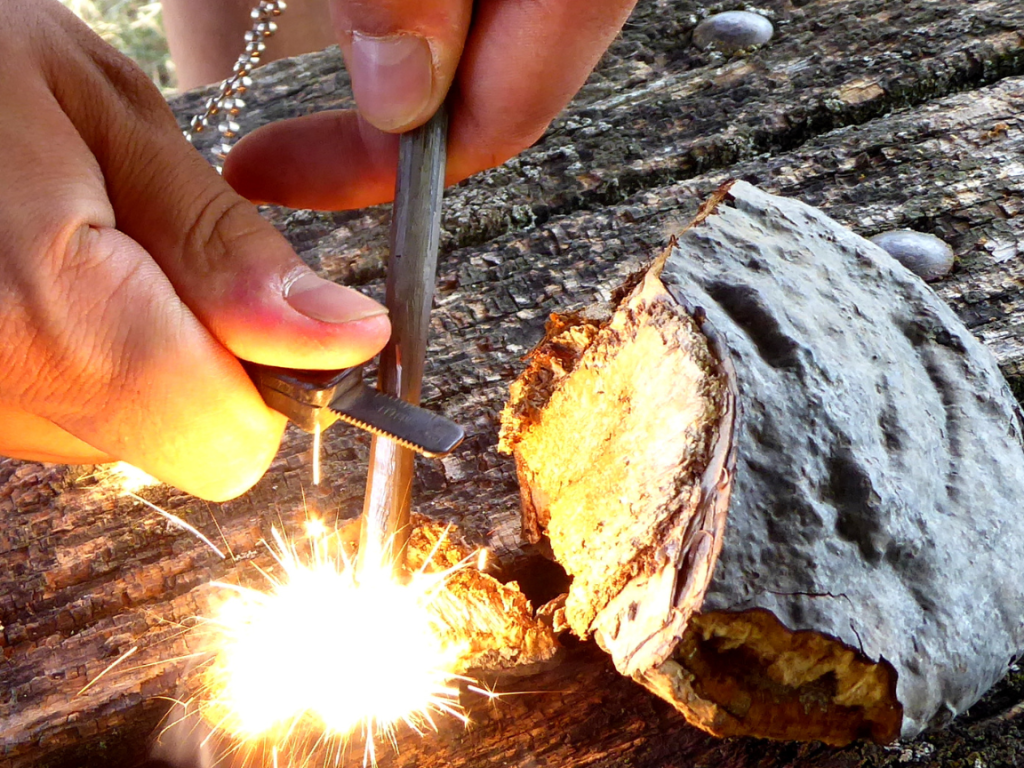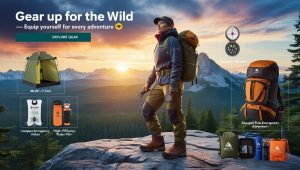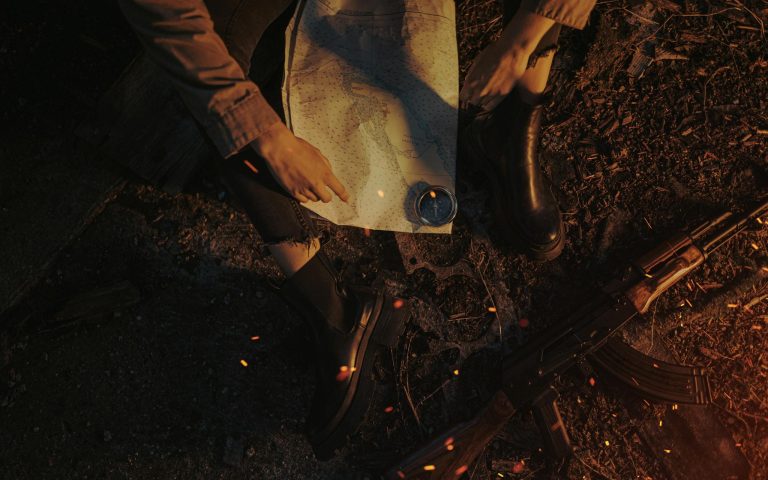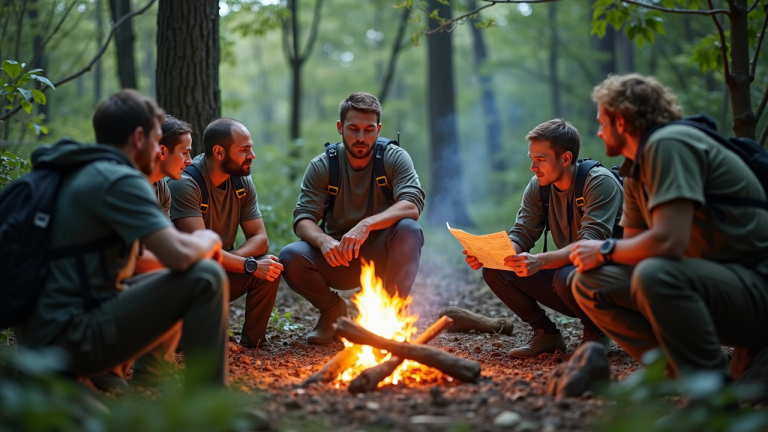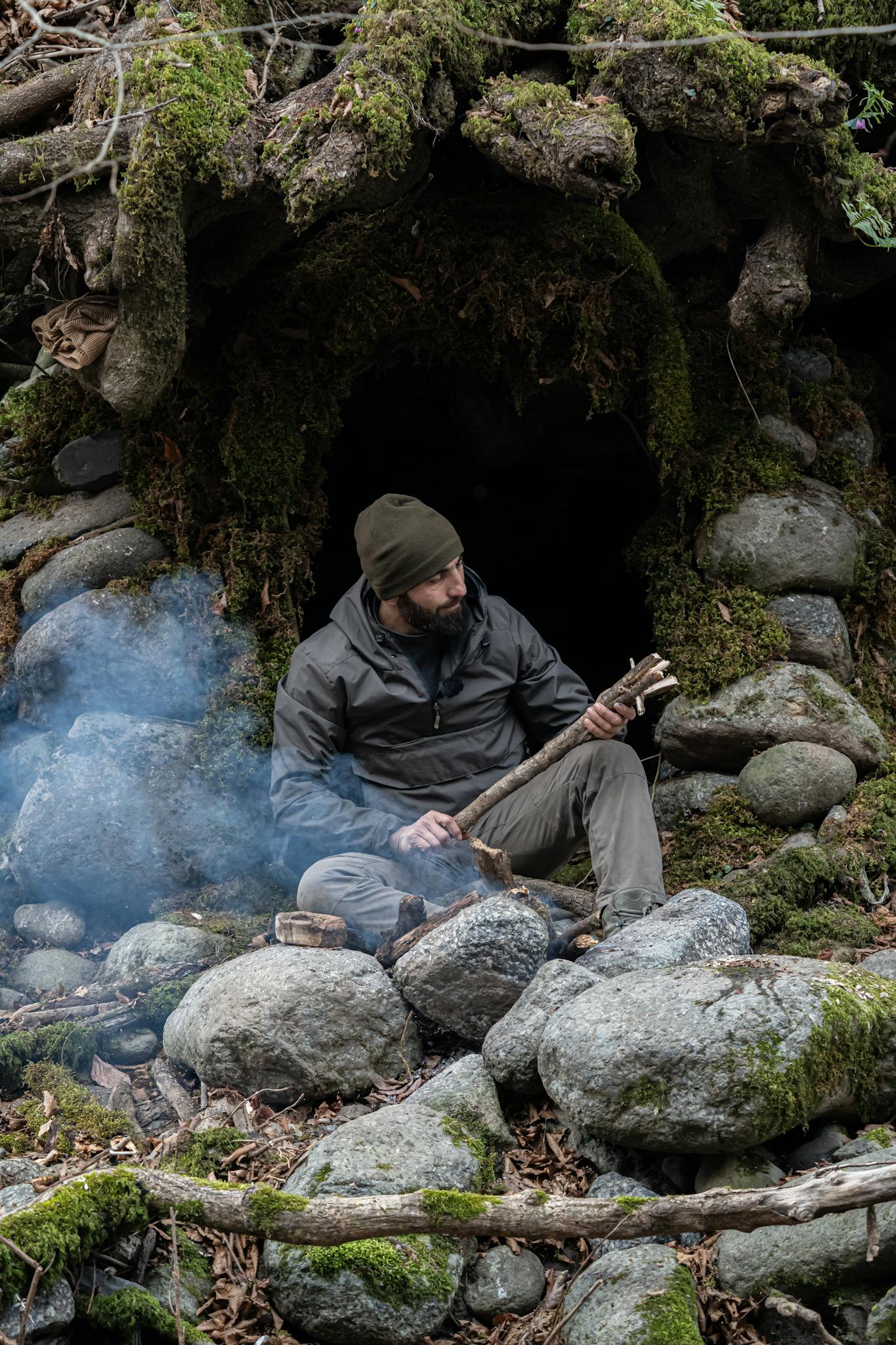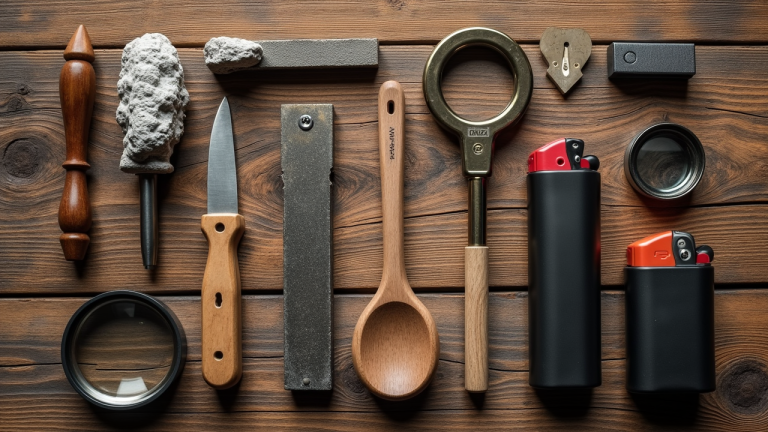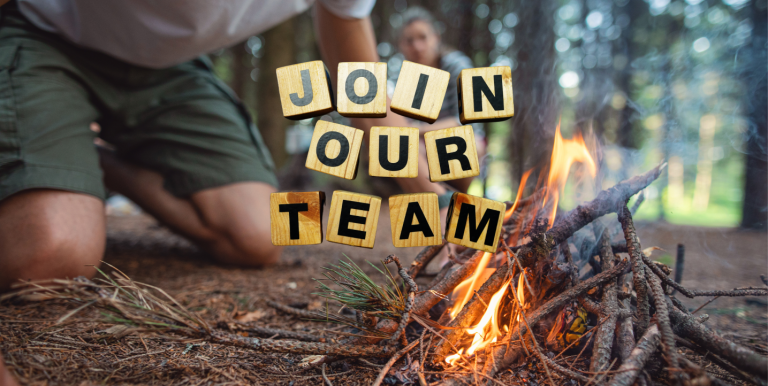Mastering the Flame: Essential Tips
Mastering the Flame
Starting a fire can be a comforting activity, providing warmth, light, and a means of cooking. However, the task becomes considerably more challenging under adverse conditions such as wet weather, high winds, or in snow-covered landscapes. Whether you’re an avid camper, a survival enthusiast, or simply someone wanting to be prepared for any situation, mastering the art of fire starting in difficult environments is a crucial skill. This article will explore several effective tips and tricks to ensure you can get a flame going when you need it most.

1. Understand the Basics of Fire
Before diving into specific techniques, it’s important to grasp the basic components required to start a fire: heat, fuel, and oxygen. The challenge in adverse conditions often lies in finding dry fuel and protecting your fledgling flame from elements that could extinguish it.
2. Choose the Right Tinder
Tinder is the fine, easily combustible material that catches fire from a spark or small flame. In wet conditions, finding dry tinder can be difficult. Look for materials such as birch bark or pine resin, which contain natural oils and can burn even when damp. Carrying your own waterproof tinder—like cotton balls dipped in petroleum jelly—can also be a lifesaver.
3. Select Appropriate Kindling
Kindling consists of small sticks and branches that catch fire from the tinder and help to ignite larger pieces of wood. In wet conditions, you may need to split logs to access dry wood inside or gather pine cones and small twigs protected under dense foliage or deadfalls.
4. Construct an Effective Fire Lay
The structure of your fire is crucial, especially when dealing with wind or moisture. The teepee structure allows air to circulate optimally, promoting a stronger flame. In windy conditions, orient your fire lay so that it’s shielded by a natural windbreak or create one using logs or rocks.
5. Use a Reliable Ignition Source
Matches can become useless when wet, so always carry a waterproof lighter or fire steel. Fire steels are particularly useful as they can generate sparks even in harsh weather conditions and do not run out of fuel like lighters.
6. Dry Out Wet Wood
If all available wood is wet, use the heat from your initial flame to dry out other pieces. Arrange them around the fire but not directly in it so they can start drying without catching fire prematurely.
7. Utilize Snow to Your Advantage
In snowy conditions, build a platform using green logs or stones to prevent your fire from sinking into the snow as it melts. The reflection from the snow can also help concentrate heat and make your fire more efficient.
8. Maintain and Monitor Your Fire
Once lit, maintaining your fire is crucial. Keep feeding it gradually increasing sizes of wood as the smaller pieces catch properly. Always monitor wind changes and adjust your fire lay accordingly to protect it and maximize air flow.
9. Practice Safety First
Always remember that safety comes first when dealing with fire, particularly in challenging environments. Ensure your fire is completely extinguished before leaving the site by dousing it with water or covering it with soil.
10. Continuously Improve Your Skills
Like any skill, proficiency in starting fires under adverse conditions comes with practice. Take every opportunity to hone your skills in different settings: try starting fires after rainstorms, on windy days, or during winter camping trips.
Conclusion
Being able to start a fire in adverse conditions is not just about keeping warm or cooking food; it’s about ensuring survival and maintaining morale in challenging situations. By understanding the fundamentals of fire making, preparing appropriately with suitable materials, and employing strategic techniques tailored to specific environmental challenges, you can enhance your capabilities significantly.
Armed with these tips and tricks, you’ll be well-equipped to tackle any inclement weather situation with confidence and efficiency. Remember that each scenario is unique, so adaptability and practice are key components to mastering this essential outdoor skill.
